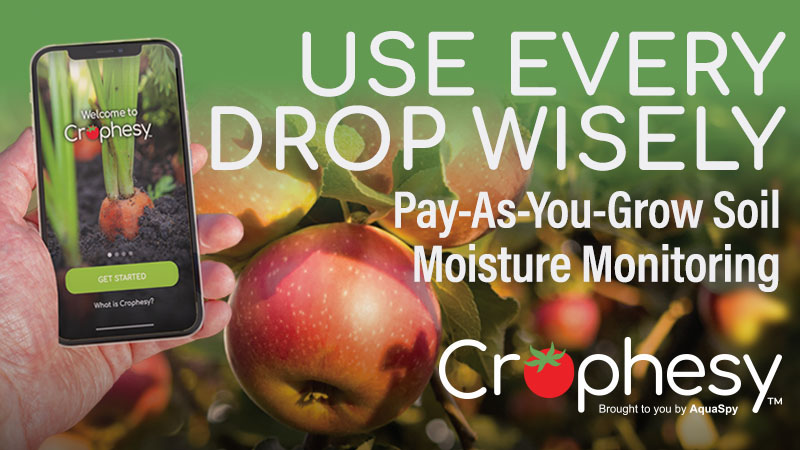How Growers Can Get a Better Handle on Soil Health
The importance of soil health and its role in the future of sustainable agriculture has been a topic of much discussion. While specialty crop growers understand the importance of healthy soils, much of the research on the topic has been dedicated to row crops like corn, soybeans, wheat, and cotton. But that’s changing, and more emphasis is being placed on soil health in fruit and vegetable production.
Where Do You Stand?
Vegetable crops tend to require more tillage, making the benefits of no-till and minimum tillage practiced in row crops less likely to be achieved. Despite this, there are things growers can do to improve soil health.
The starting point is to first know where you stand when it comes to your soil. First impressions are purely visual and tactile. Is the ground made up of sand that flows through the fingers, or dark and rich muck full of organic matter? There are many more ways to measure soil health and the USDA’s Natural Resource Conservation Service has recommendations how to do so, including its manual “Guidelines for Soil Quality Assessment in Conservation Planning.”
The guidelines outline a number of soil quality indicators that give insights into how well soils can be expected to function in cropping situations. Soil quality indicators are selected because of their relationship to specific soil properties and soil quality. For example, soil organic matter is a widely used indicator, because it can provide information about a wide range of properties such as soil fertility, soil structure, soil stability, and nutrient retention. Other biological indicators can provide insights on the microbial activity in soils that contribute to soil health.
Here are a few key biological soil quality indicators the guide includes:
Earthworms
Earthworms play an important role in soil health and are a good indicator of healthy soil. Earthworm cast is digested material that is excreted back into the soil. Cast is enriched with nutrients (N, P, K, and Ca) and microorganisms during its passage through the worm’s digestive system. Fresh cast is a site of intense microbial activity and nutrient cycling. Earthworms contribute nutrients to the soil and improve porosity, tilth, and root development.
These beneficial effects stimulate root growth and proliferation deep into the soil to satisfy nutrient and water requirements. Roots often follow earthworm burrows and uptake available nutrients associated with casts.
Organic Matter
Particulate organic matter is a measure of plant biomass in the soil. It is a source of food/energy for microorganisms and other soil organisms as well as nutrients for plant growth. Particulate organic matter enhances aggregate stability, water infiltration, and soil aeration. It increases cation exchange capacity and buffering pH. It also binds environmental pollutants such as heavy metals and pesticides.
There is a number of laboratory methods to test for organic matter and associated carbon. No reliable field methods exist yet, but visual observations can provide clues on the amount of plant biomass in soils.
Soil Enzymes
Soil enzymes increase the reaction rate at which plant residues decompose and release plant-available nutrients. Sources of soil enzymes include living and dead microbes, plant roots and residues, and other soil organisms. While there is no direct evidence of enzymes improving crop productivity, their presence is an indicator of healthy soil with good organic matter and a healthy biological community.
Soil Carbon
Total organic carbon is the carbon stored in soil organic matter. Organic carbon enters the soil through the decomposition of plant and animal residues, root exudates, as well as living and dead microorganisms. It is the main source of energy for soil microorganisms. In the evolving discussions agricultural ecosystem services, carbon sequestration in the soil is an important environmental service, while benefiting crops’ productivity.
There are numerous laboratory tests available to access soil carbon content.
Improving Biological Soil Indicators
While soil biological activity is greatly influenced by soil type, there are actions growers can take to improve soil biological health. The application of compost to soils can improve soil health. Studies have shown that compost applications can improve soil carbon content. Compost also can introduce beneficial soil microorganisms.
Planting of cover crops also provides benefits and becomes compost itself as it decomposes. Studies have shown cover crops can benefit agricultural crops with the addition of nitrogen into the soil and support of microbial activity. Cover crops also play a key role in reducing weed pressure in fields.
In addition, there is an ever-increasing amount of options of commercial biological and biostimulant products available to growers to supplement natural microorganism communities in the soil.
For more information on soil health, click here.










